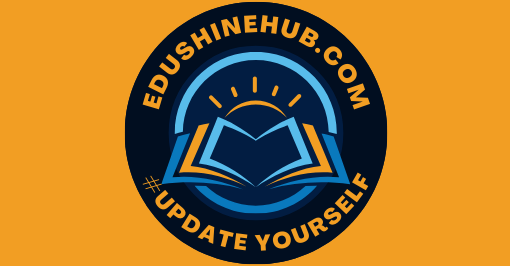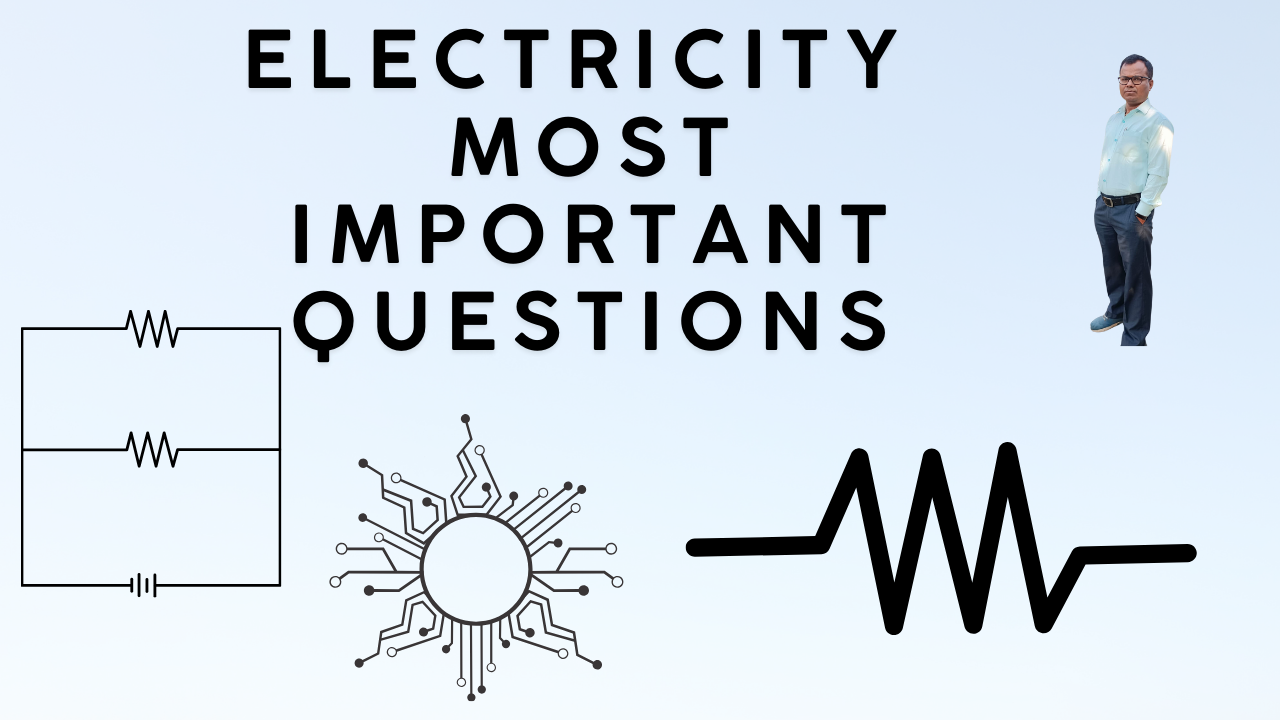Electricity previous years important questions class 10 cbse
Hallow dear friends there is Electricity previous years important questions class 10 cbse that is help in your preparation for board upcoming board exam.

The “Electricity” chapter in Class 10 CBSE focuses on key concepts such as electric current, potential difference, resistance, Ohm’s law, and the relationship between voltage, current, and resistance. Important questions from previous years often cover practical applications, calculations, and derivations related to these topics. Students can expect problems on circuit diagrams, the combination of resistors (series and parallel), numerical questions involving Ohm’s law, and the calculation of power. Additionally, conceptual questions about the effects of current, heating effect, and electromagnets may also appear. Mastery of these topics ensures a strong understanding for both theory and practical exams.
For more questions and answer please click on the button
Ohm’s law ( Electricity previous years important questions class 10 cbse)
states that the electric current through a conductor between two points is directly proportional to the voltage across the two points. Introducing the constant of proportionality, the resistance, one arrives at the three mathematical equations used to describe this relationship:
| V = IR OR I = V/R OR R = V/I |
Electricity previous years important questions class 10 cbse
- (A) Show how you would connect three resistors each of resistance 6 N, so
that the combination has a resistance of 9 2. Also justify your answer. (2024)
OR
(B) In the given circuit calculate the power consumed in watts in the resistor
of 2Ω :

Solutions:-(1) A.:-Answer. (A) When two 6 ohm resistances are connected in parallel and the third resistance of 6 ohm is connected in series combinations to this, then equivalent
resistance will be 9 ohms.


(1) (b):-(B) Equivalent resistance = 𝑅1 + 𝑅2 = 1 𝛺 + 2 𝛺 = 3𝛺

Question (2):-The expressions that relate (i) Q, I and t and (ii) Q, V and W respectively are
(Here the symbols have their usual meanings)

Answer:_

Question (3) :-Draw the symbols of commonly used components in electric circuit
diagrams for
(i) An electric cell
(ii) Open plug key
(iii) Wires crossing without connection
(iv) Variable resistor
(v) Battery
(vi) Electric bulb
(vii) Resistance (4/5, Board Term I, 2017)
Answer:-

Question No. (4) :-A student plots V-I graphs for three samples of nichrome wire with
resistances R1, R2 and R3. Choose from the following the statements that holds
true for this graph.

(a) R₁ =R2 = R3
(c) R3 > R2 > R1
(b) R1 > R2 > R3
(d) R2 > R1 > R3 (2020, AI 2019)
Answer:-(d): The inverse of the slope of I-V graph gives the resistance of the material.
Here the slope of R3 is highest. Thus, R2 R1 R3.
Question N0.(5):- (i) In the following figure, three cylindrical conductors A, B and C are
shown along with their lengths and areas of cross-section. If these three
conductors are made of the same material and RA, RB and RC be their
respective resistances, then find (I) RÅ/ Rg, and (II) RÅ/ RC-
(ii) If the conductor A is made of copper and the conductor C is made of
constantan (alloy of copper and nickel), then which one of the two will have
more electrical resistance and why? (Term II, 2021-22 C)
Answer:-(i) We have three cylindrical conductors A, B and C –

These three conductors are made of the same materials and their respective
resistance are ORA, RB and Rc.

(ii) Resistivity of alloys is generally higher than its constituent metals.
Therefore, constantan has more resistance.
Question N0.(7) :-(a) List the factors on which the resistance of a uniform cylindrical
conductor of a given material depends.
(b) The resistance of a wire of 0.01 cm radius is 10Ω If the resistivity of the
wire is 50 × 10-8 Ω m, find the length of this wire. (Term II, 2021-22)
Answer:-(a) The resistance of a uniform cylindrical conductor depends on
(i) Length of the conductor (1)
(ii) Area of cross-section of the conductor (A)

where p = Resistivity of the material


